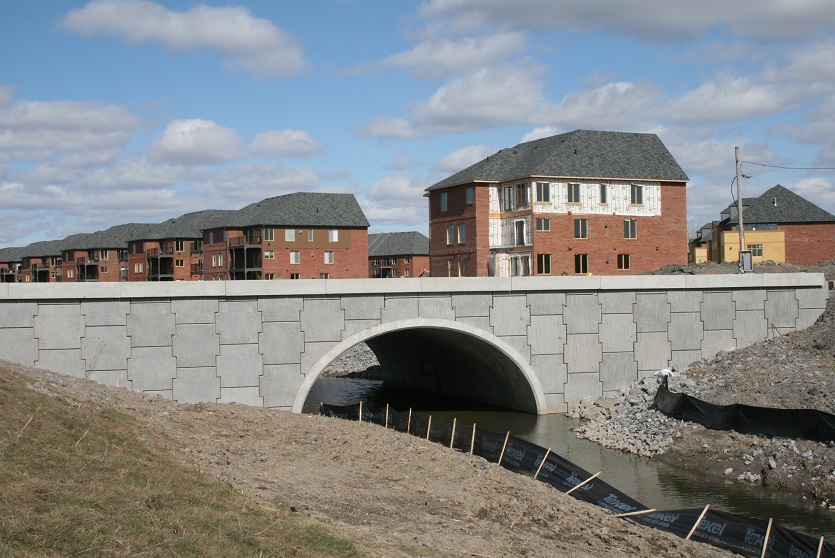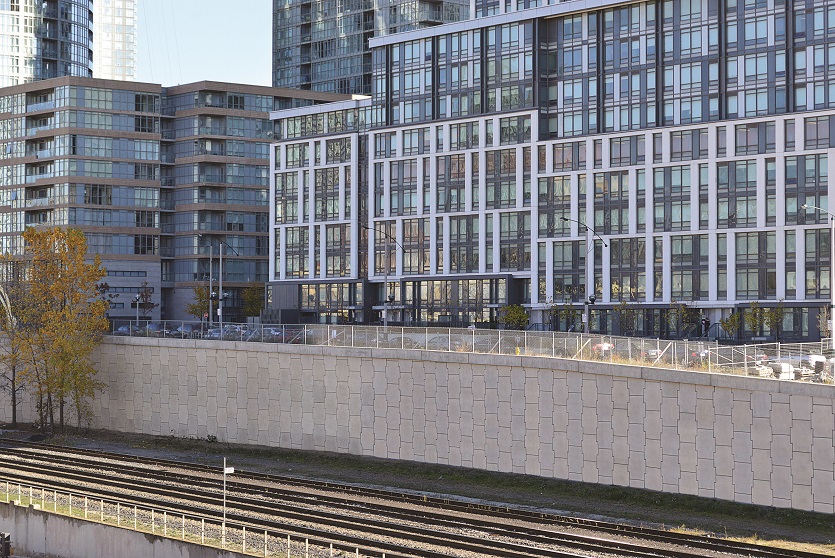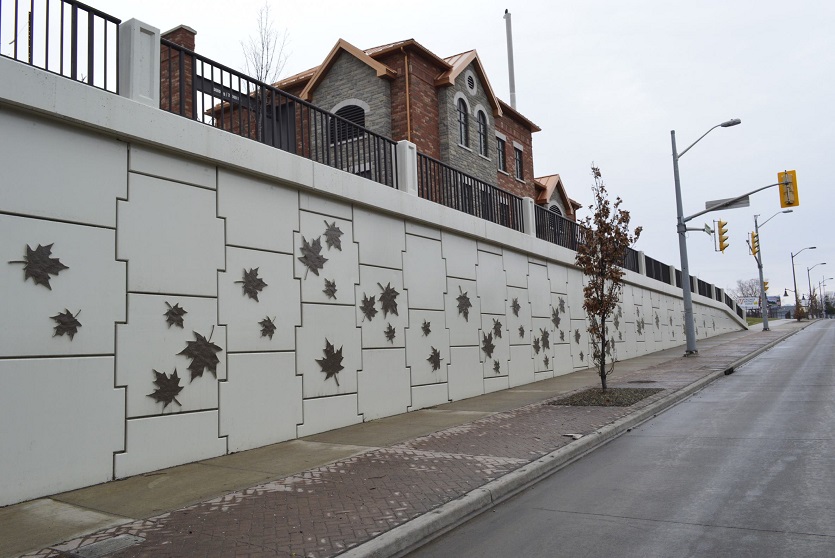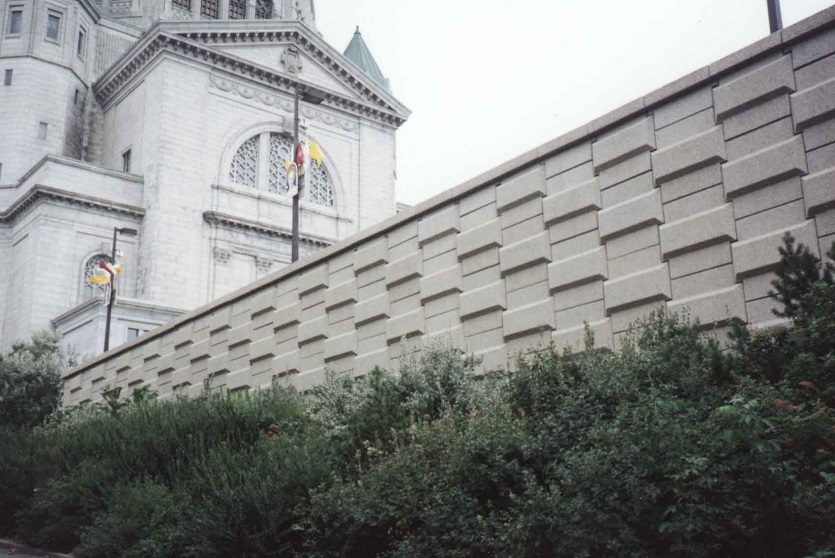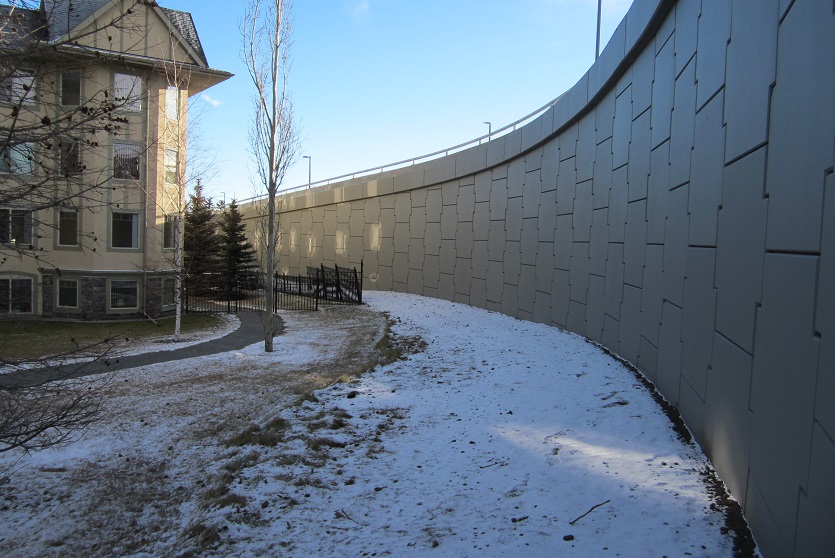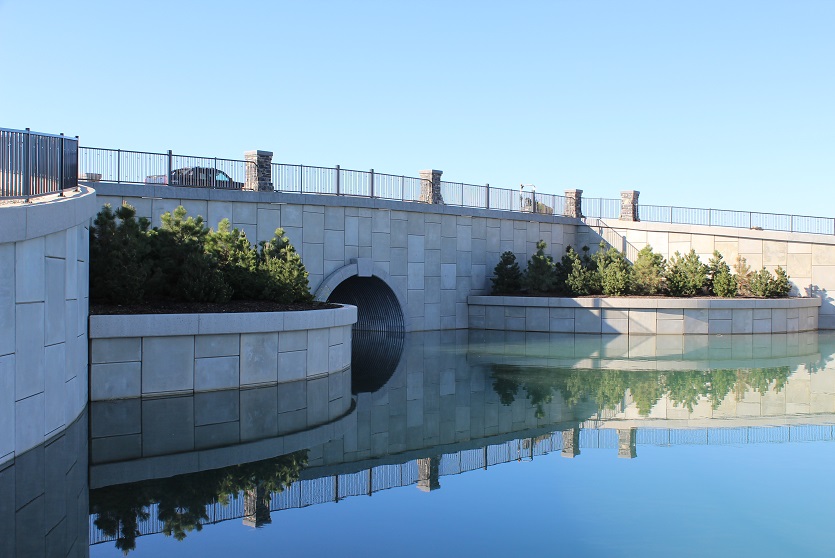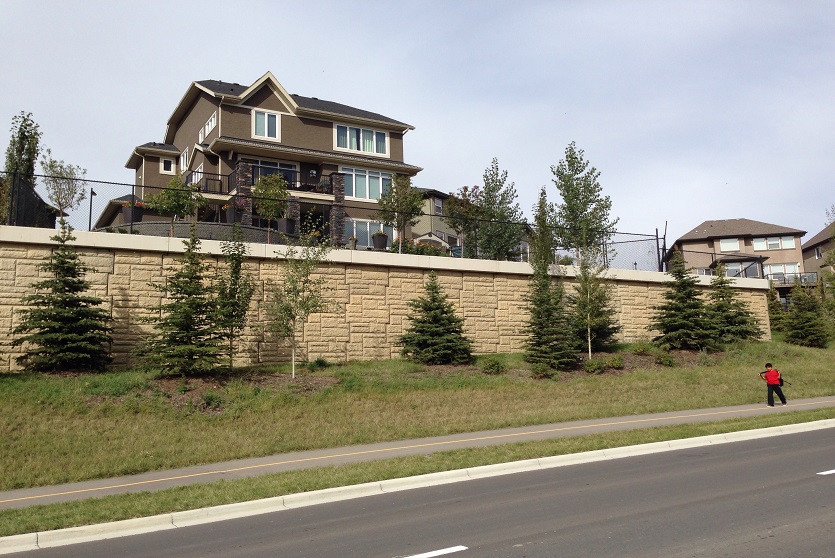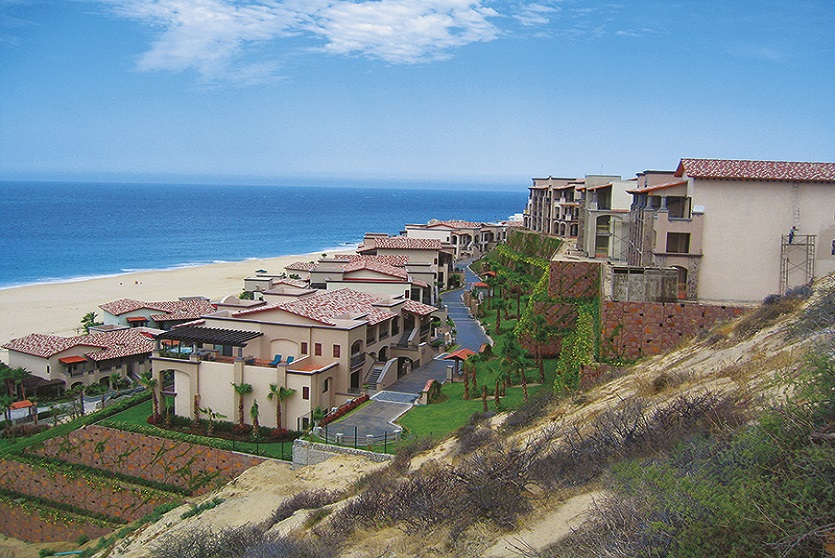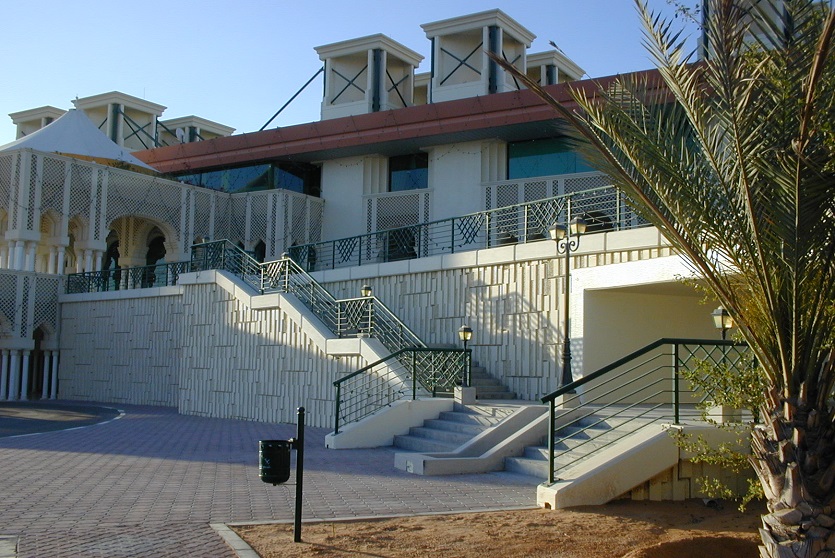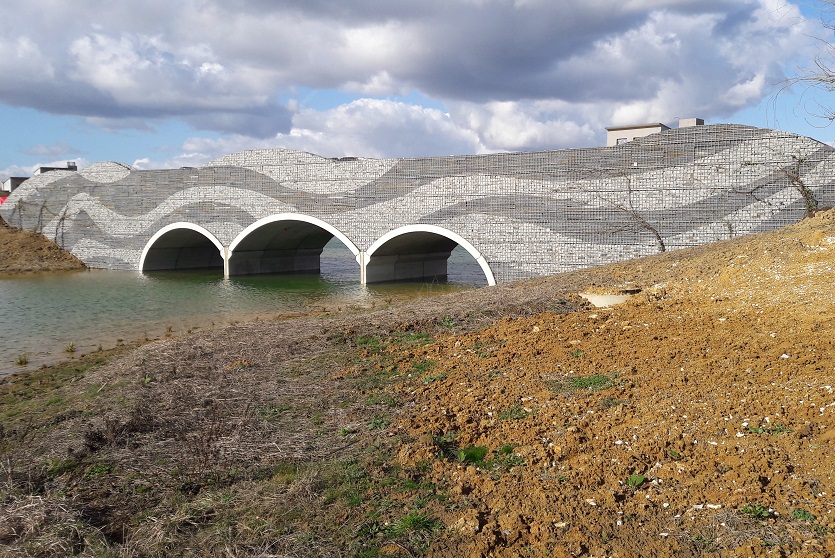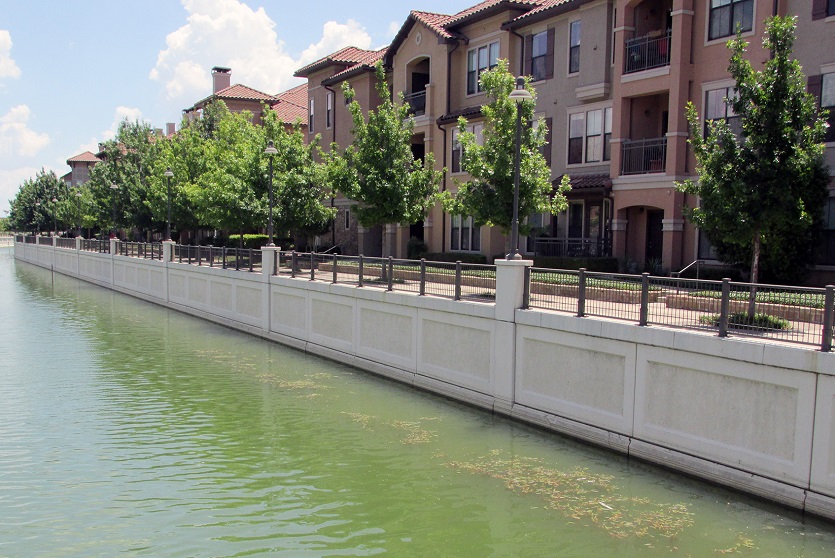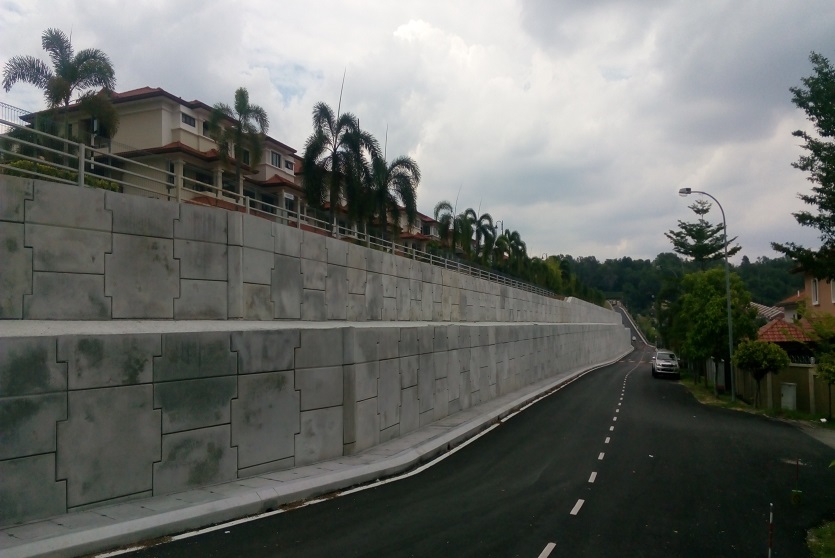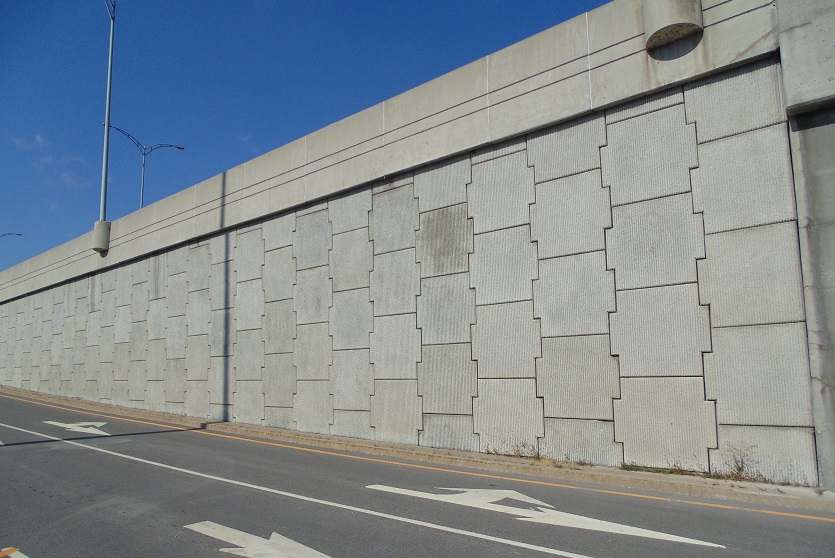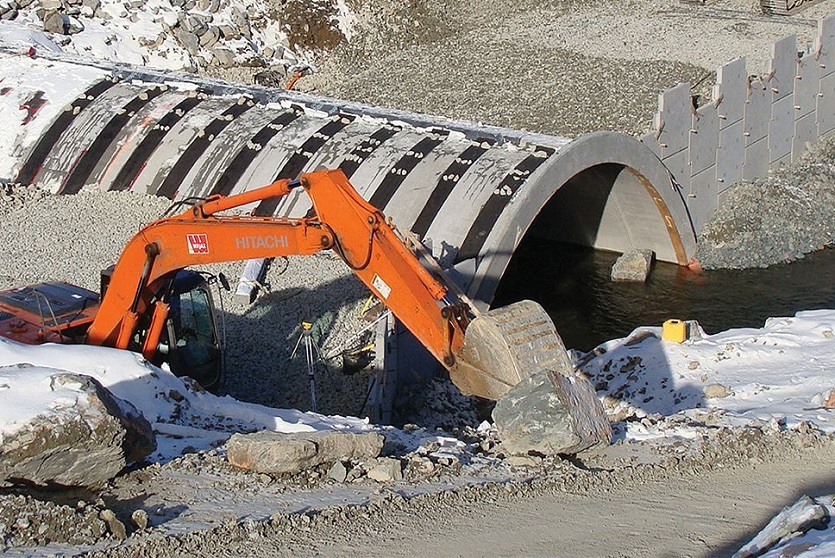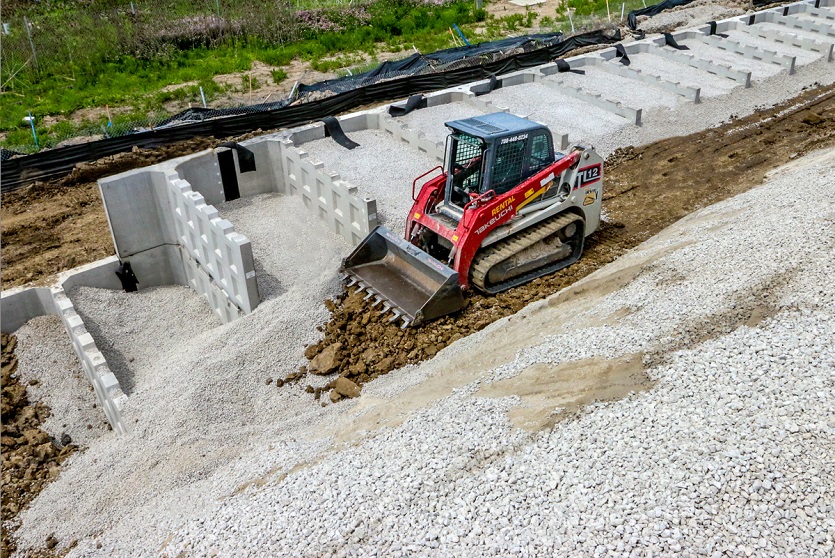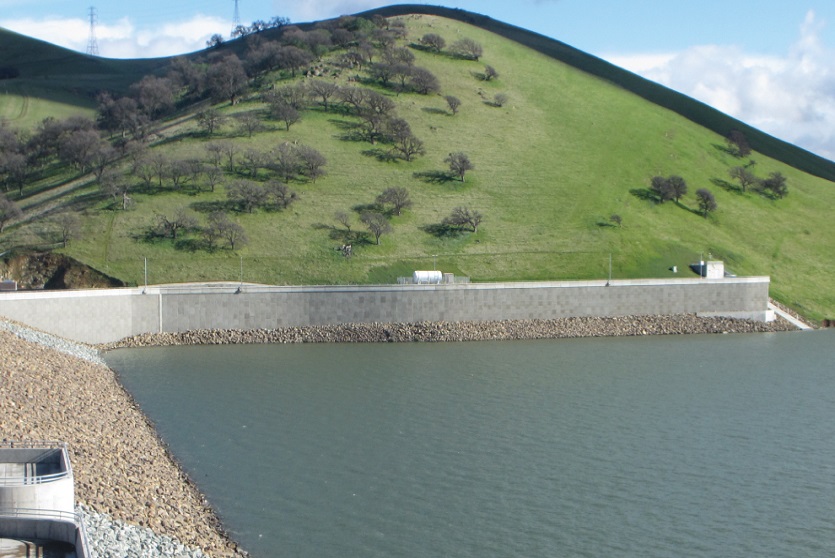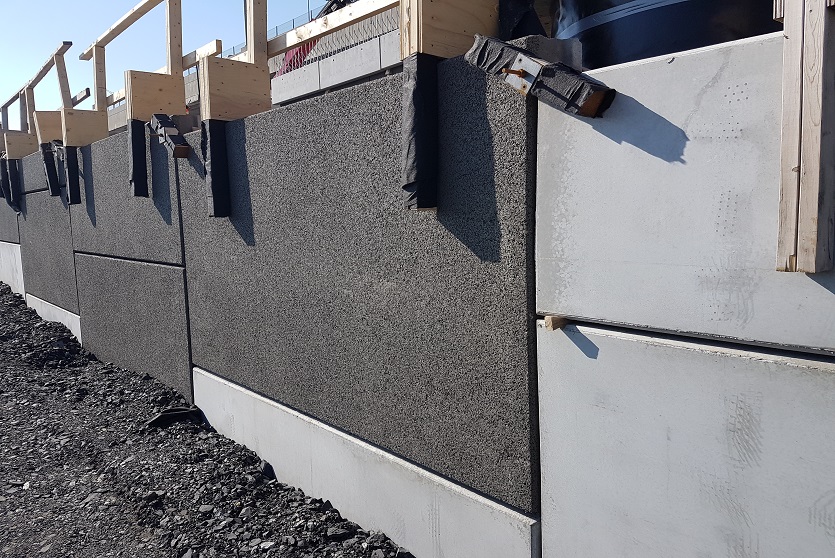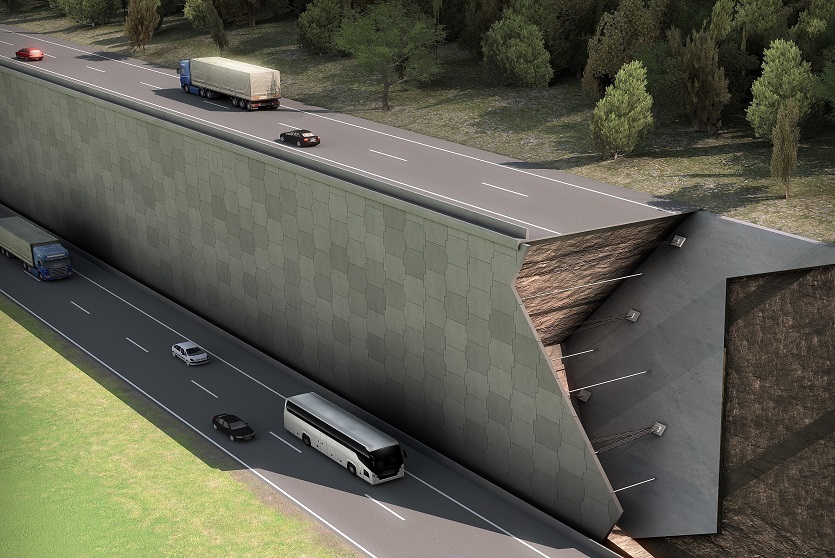Housing and residential infrastructure development present special challenges to developers and suppliers of site services.
When we are a part of planning MSE walls for housing and residential facilities, in our overall approach we consider site preparation, planning for the placement of utilities, landscaping aspirations, land-use constraints, environmental thoughtfulness, and smart user-friendly building designs.
Planning and development of MSE walls for housing and residential facilities
RECo’s involvement in planning and developing MSE walls for housing and residential facilities begins with idealizing and preparing designs that comply with the developer’s vision and the occupants’ need for a sustainable living environment.
As engineers and material suppliers working with planning agencies, we have vast experience in developing massive outlying MSE walls for housing and residential facilities to develop localized “green” and friendly residential solutions. We have expertise in planning and designing, and arranging the supply of building materials for “ground-up” projects with:
- Foundation preparation with basal reinforcement
- Lot optimization through friendly landscaping solutions using our retaining wall systems such as Reinforced Earth® walls or our precast T-Wall™ system
- Tunnels, and pedestrian bridges using Reinforced Earth® and TechSpan® precast arch solutions.
Low-impact approach
RECo is keen on developing MSE walls for housing and residential facilities that have a low impact on the residents and the surroundings. We operate with the awareness that residential development projects are sensitive.
Residential communities often struggle with the lack of available working space and Reinforced Earth® MSE walls and derivatives are the best fit for these types of situations because our products require a minimal footprint to install in comparison to other techniques, they are unobtrusive, and therefore make the integration of our solutions in residential environments simpler and less invasive during installation.
The Terralink® solution is an alternative MSE wall for housing and residential facilities used when there are extreme constraining conditions in terms of the amount of space and clearances available to construct new structures in proximity of existing structures and utilities. The minimization of excavation and backfill materials makes this technique both tolerable and economical.
GeoMega® MSE wall for housing and residential facilities is the ideal solution for waterfront housing and residential infrastructure development because in this system the soil reinforcing elements consist of high-strength extensible geosynthetic reinforcing strips and can restrain seawater and other aggressive environments.
Ergonomics and beautification
Beautification and sustainability of your surroundings are at the center of our residential design approach and our teams are accustomed to working closely with architects and town and city planners to design tailored MSE walls for housing and residential facilities that meet the most exciting architectural, “green”, and environmental demands. Our robust precast panels can be customized with architectural finishes allowing designers and architects to add a touch of art to Reinforced Earth® structures.
Benefits
Site adaptability
Site adaptability
Our solutions offer high adaptability allowing for construction on terrains presenting challenging geotechnical and topographical characteristrics.
Endless aesthetic possibilities
Endless aesthetic possibilities
Reinforced Earth® wall facings can be their own work of art. Designed to blend into the environment or to be an attraction of their own, our panels offer endless aesthetic possibilities. In direct collaboration with the artist or architect to incorporate a customized design into the retaining wall.
Lower land use and site impact
Lower land use and site impact
Reinforced Earth® structures require lower land use and site impact during construction, which is a great advantage where construction projects need to accommodate existing infrastructure and the need to accommodate busy urban areas.

